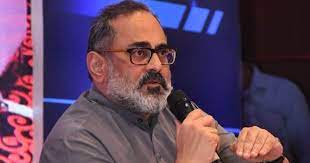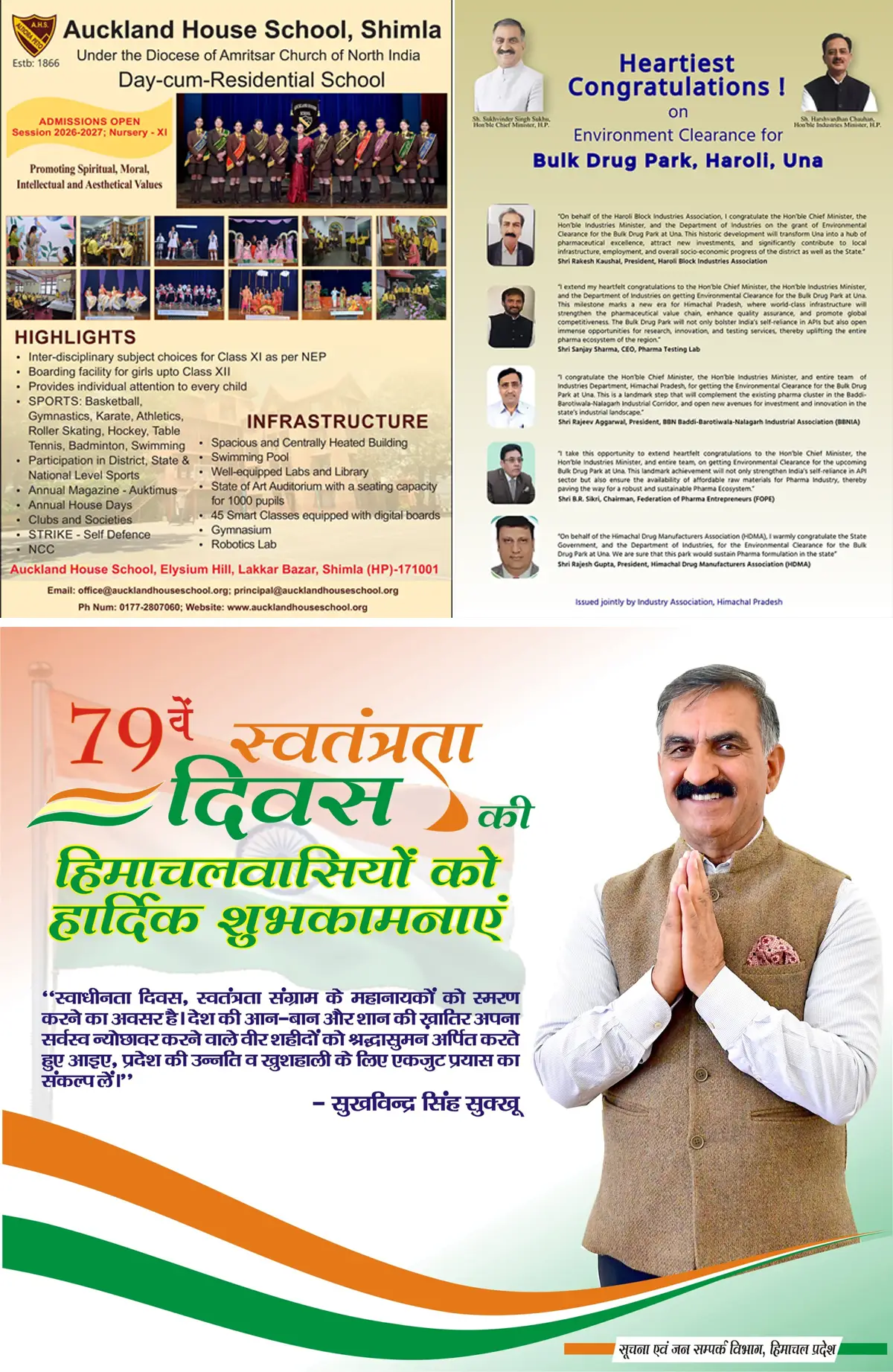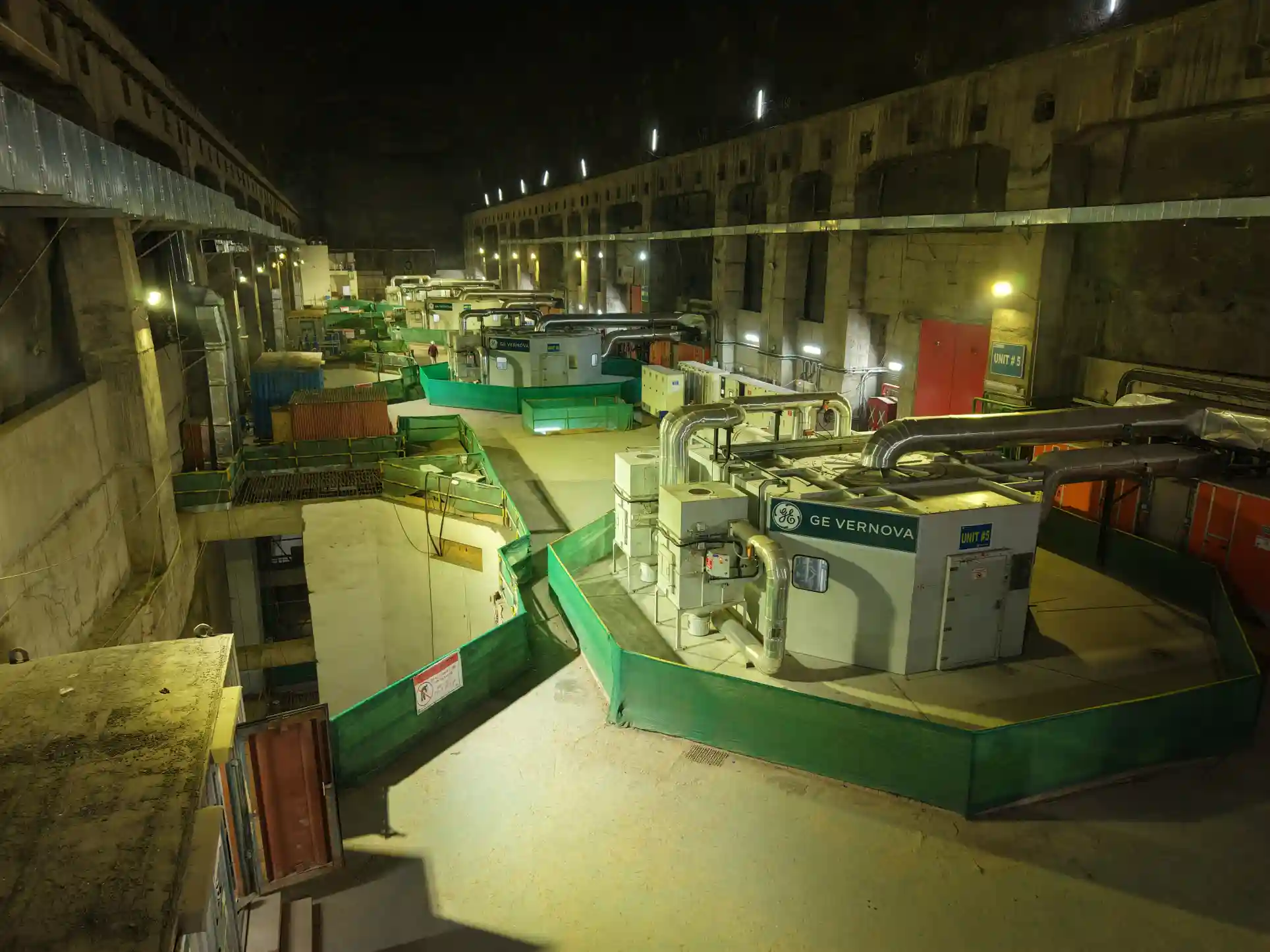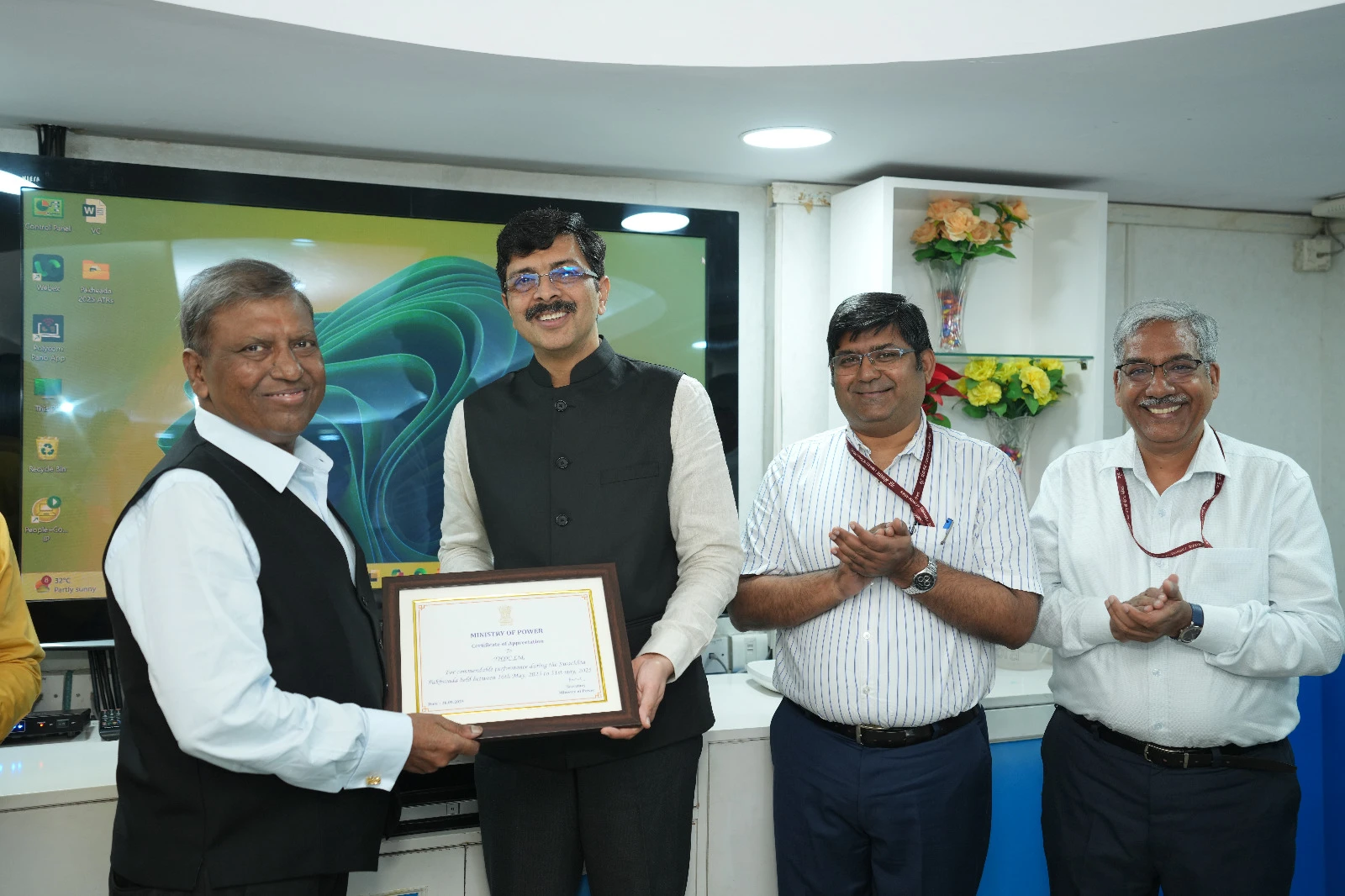“India missed bus for semiconductors due to previous Governments’ lack of political vision and strategic clarity” : Rajeev Chandrasekhar
3 min read
Today we are 12 generations behind in chip manufacturing technology: MoS Rajeev Chandrasekhar
We can achieve in coming Techade what some neighbouring nations took 30 years & USD 200 billion and still failed to achieve: MoS Rajeev Chandrasekhar
Union Minister of State for Skill Development & Entrepreneurship and Electronics & IT Shri Rajeev Chandrasekhar today interacted with the media ahead of the second edition of SemiconIndia Conference which is scheduled to begin tomorrow at Gandhinagar in Gujarat.
The minister emphasised the tremendous strides made by the Government under PM Narendra Modi’s leadership in rebuilding India’s electronics ecosystem and pushing the country to become one of the world’s fastest-growing electronics manufacturers. He also highlighted the significant semiconductor opportunity that India currently possesses and how the Government is determined to utilise it.
“It has been 19 months since we set the ball rolling in the semiconductor ecosystem. There was a lack of political vision, strategies and there were incompetencies and missed opportunities for decades. This has held India back from semiconductors. Today, We can achieve in the coming Techade what some neighbouring nations took 30 years & USD 200 billion and still failed to achieve,” MoS Shri Rajeev Chandrasekhar said.
With the increasing demand for electronics, digital products and services, the Minister spoke about the core role of semiconductors in today’s tech-driven world. Shri Rajeev Chandrasekhar said that India is transforming into a major player in the global electronics and semiconductors supply chain.
“The demand for electronics, digital products and services is only intensifying. Electronics is at the core of our lives today and Semiconductors in turn at the core of Electronics. Prime Minister Shri Narendra Modi has rebuilt our Electronics ecosystem and we are one of the world’s fastest-growing electronics manufacturers. We were almost nothing in 2014 in the semiconductor ecosystem and today we are increasingly becoming a big presence in the global value chain for electronics,” the Minister added.
Tracing the missed opportunities since the 1960s, Shri Rajeev Chandrasekhar pointed out that the previous Governments failed to envision the importance of a semiconductor ecosystem in India.
“India has missed the bus repeatedly on electronics and semiconductors. There was a lack of strategic and political vision and a big dose of incompetence. Fairchild semiconductors, which is the precursor to Intel, came to India in 1957 for a packaging unit and we chased them away. That packaging unit went on to become Asia’s largest packaging hub in Malaysia. We set up a fab for silicon and germanium transistors that had shut down. India’s major VLSI facility, Semi-Conductor Laboratory (SCL), perished, as a mysterious fire in 1989 halted production until 1997. In 1987, India was just two years behind the latest chip manufacturing technology. Today, we are 12 generations behind – this is how far behind as a nation on semiconductors,” the Minister stated.
Shri Rajeev Chandrasekhar also shed light on the job opportunities lost to neighbouring nations that offered incentives to global semiconductor companies. He expressed optimism about India’s current investments and collaborations with major semiconductor companies.
The Minister spoke about the lost opportunities saying, “International semiconductor majors wanted to start operations in South India. Despite hiring experts and setting up a cleanroom, it faced numerous roadblocks. The project eventually moved to China, resulting in the loss of a semiconductor facility and 4,000 jobs for India. Micron, a world major in the Semiconductor memory space, its $2.75 Bn ATMP project in Gujarat is expected to create at least 5,000 new direct and 15,000 community jobs.”
The Government is also making significant strides in building a comprehensive curriculum to nurture talent and is actively supporting startups in the semiconductor ecosystem. “We are constantly partnering with industry to create 85,000 highly talented, skilled global talent. Under SemiconIndia futureDESIGN over 30 semiconductor design startups have been set up in India including some from Semiconductor leaders from Silicon Valley. Five Startups have already received government financial support and another 25 Startups are being evaluated for their proposals for next Gen products and devices,” stated the Minister.
The second edition of the Semicon India conference will be inaugurated by Prime Minister Shri Narendra Modi tomorrow and it will witness the participation of prominent names in the semiconductor industry, such as Micron Technology, Applied Materials, and Lam Research.









